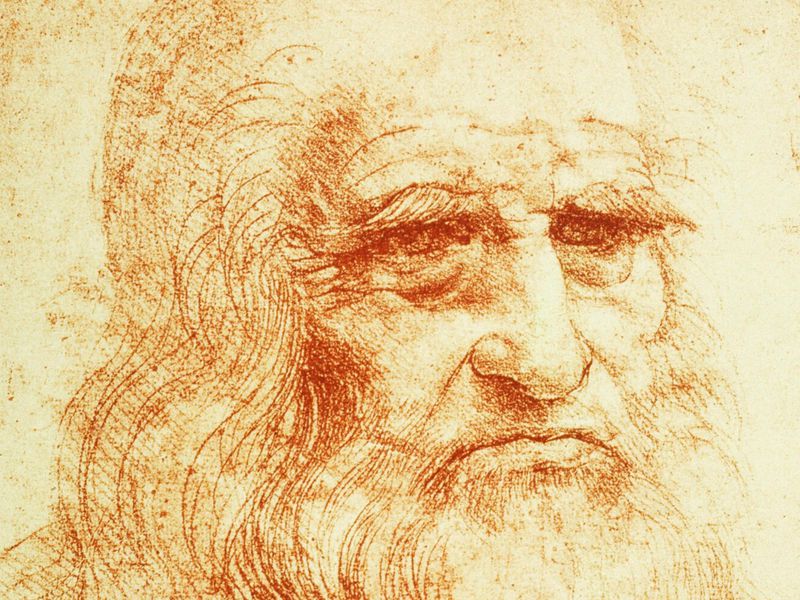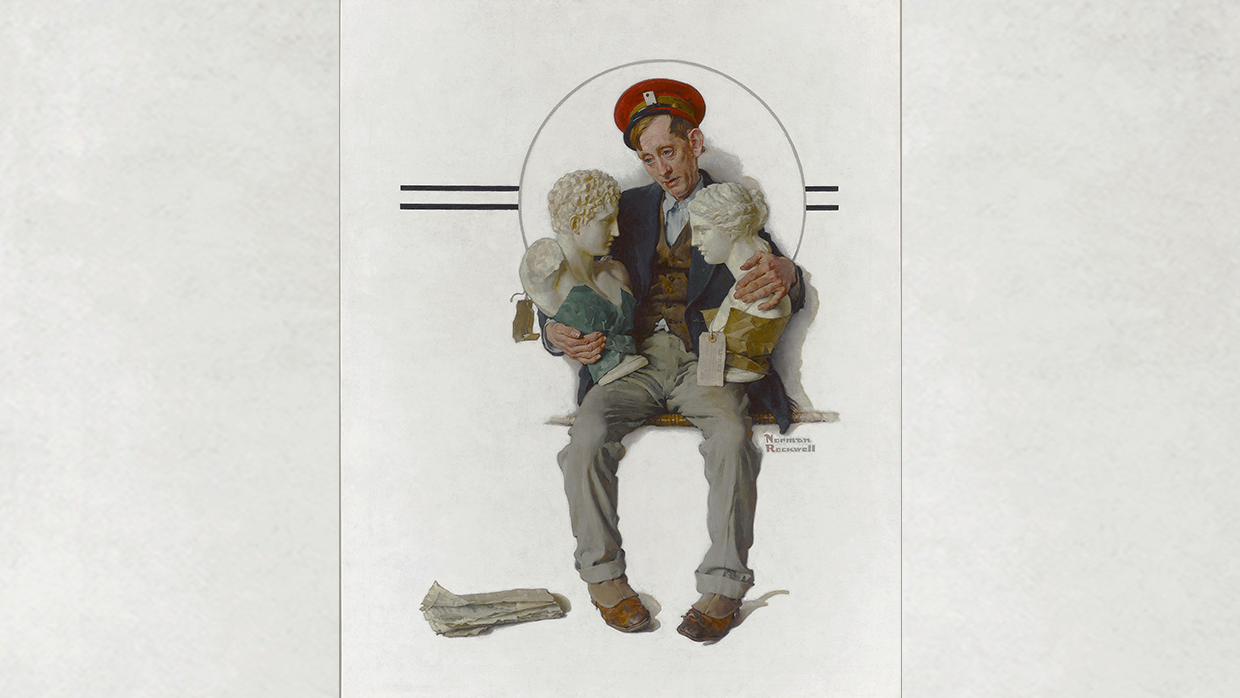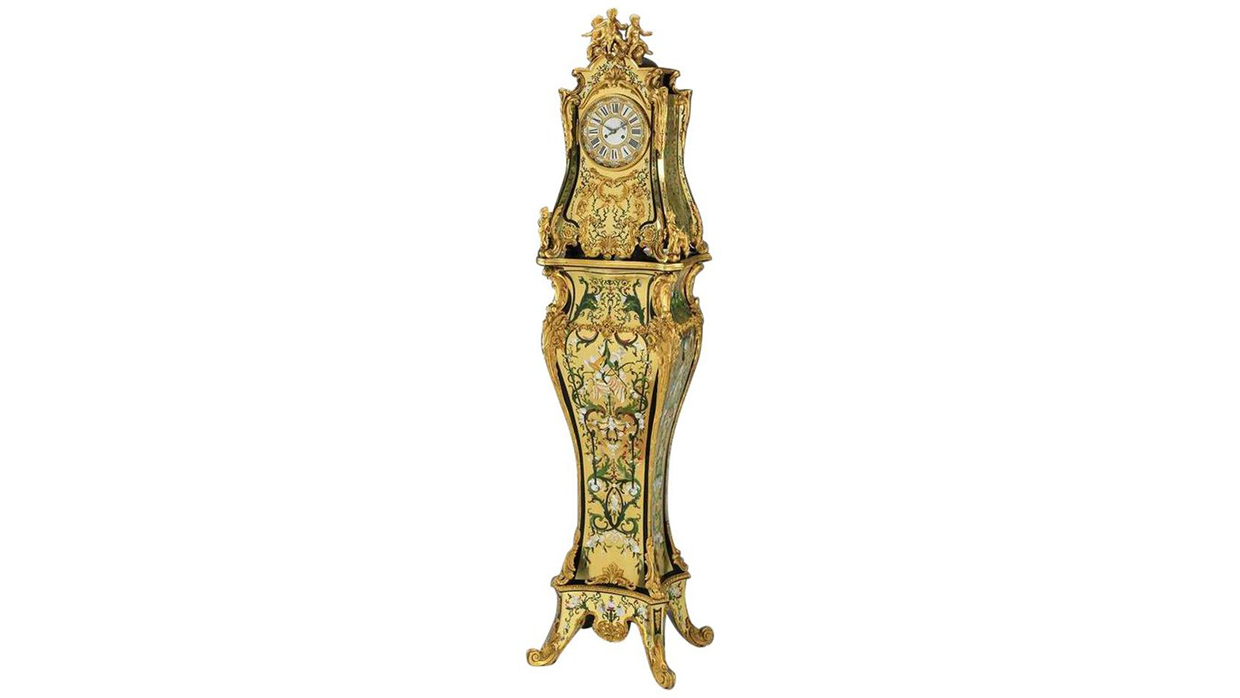Edgar Degas
1834-1917 | French
Fourth Position Front, on the Left Leg
Signed, numbered, dated, and stamped with the foundry mark “Degas / 6|G / 1998 / CIRE C.VALSUANI PERDUE”
Bronze
This extraordinary bronze sculpture of a dancer in motion was conceived by the great Impressionist Edgar Degas. Entitled Fourth Position Front, on the Left Leg, the bronze exhibits an exceptional level of balance and poise. Her graceful carriage and seemingly effortless control over her body is enhanced by the expressivity of her execution – the most minute details and textures of Degas’ original wax are beautifully translated in the superb bronze cast.
Degas pursued the art of sculpture during the latter years of his career, crafting in wax all of his favorite subjects, from horses to women to dancers of the ballet. It was his dancers that most intrigued him in sculptural form, and of the seventy-four wax sculptures he is known to have created, over half of them depicted dancers. These creations emerged as a stunning three-dimensional representation of his highly expressive late painting style, and the present figure is no exception. Caught mid-movement in a common ballet pose, she appears arrested in time, a picture of grace and elegant movement captured in bronze.
The work is a sought-after rarity in terms of Degas’ sculptures. Not only are his dancers the most desirable of his work, but this bronze is also distinguished by the fact that it is a Valsuani bronze, meaning it faithfully records Degas’ wax version’s pose as it appeared at the time of its creation. Most Degas’ bronzes that are found on the market were cast by Hébrard – these serialized bronzes are surmoulages, or “aftercasts,” that were cast from the modèle bronzes currently in the Norton Simon Museum (Pasadena). Because these bronzes are second generation, they are smaller and far less detailed that the current bronze.
This example, however, was cast by Valsuani from a plaster that was taken directly from Degas’ waxes, according to scholarship by the art historian Dr. Gregory Hedberg. These plasters were created by Degas’ sculptor friend Albert Bartholomé shortly after Degas completed his wax figurines. Thus, they record the earliest versions of Degas’ wax sculptures, before they were damaged by time or handling, and before Degas himself altered the works. The Hébrard bronzes, on the other hand, actually represent Degas’ reworking of the original sculptures.
Because they are cast directly from the plaster, the Valsuani bronzes are also larger, crisper, and more highly defined than the Hébrard bronzes. Since the original plasters were discovered in the 1990s, similar Valsuani bronzes have been exhibited around the world, including The Hermitage (St. Petersburg) and the Minneapolis Institute of Art.
Original wax model executed circa 1885-1890
Bronze cast 1998



